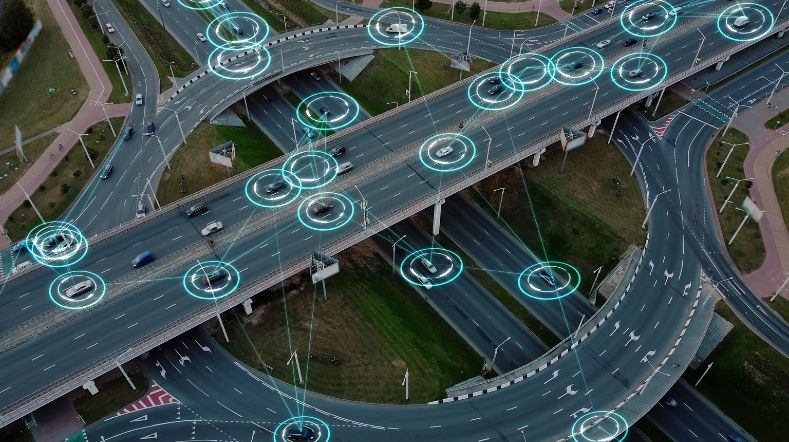
Automated driving: the state of play in 5 key developments
The technology of automated driving is developing steadily and is demonstrating impressive skills. What hurdles do industry and policymakers still have to clear on the way to large-scale implementation? Henk Goossens of TNO explains the current state of play. ‘We shouldn’t get lost in anecdotal stories.’
After the sky-high expectations of the early years, confidence in automated driving has clearly declined among both industry and the public. Henk Goossens, Innovation Partnerships Manager Safety Assessment of Automated Driving at TNO, is not surprised.
‘The development of automated driving clearly follows the characteristic pattern of the Gartner hype cycle. Specifically, expectations of a quick launch in those early years were highly unrealistic. The market has now calmed down and you can see steady technological development.’
According to Goossens, the self-driving car is closer than ever, but there are also significant hurdles that industry and policymakers need to overcome for a safe, responsible introduction. Below are the main developments that TNO has identified.
1. Automated trucking: strong business case
One domain that experts say is already very close to release, is the truck sector. All major truck brands are developing automated trucking, working closely with Silicon Valley. Goossens: ‘For example, Volvo is working with Aurora and Continental, and Daimler AG with Torc Robotics. There’s huge investment in the sector and we’re seeing plenty of pilot projects with logistics parties. This is hardly surprising, given the rock-solid business case. Driver labour costs weigh heavily on margins in logistics, which are already under pressure as the industry needs to become more sustainable. Lower driver costs mean bigger margins.’
The technology already appears to be ready for release if the impressive demo videos are to be believed. These show automated trucks deftly dodging dropped cargo or pedestrians who suddenly cross the road. ‘However, an important question remains hanging over the market: can the truck do that in specific situations, or in such a large number of instances that we all agree automated trucking is safe?’
‘To demonstrate this, automated trucks are now driving millions of test kilometres with experienced safety drivers behind the wheel – but when do you conclude that you’ve driven enough kilometres to remove the driver? For that purpose, you need to be able to predict how often things might go wrong, and that’s precisely where the great challenge of safety assessment and safety assurance lies. That’s the last hurdle.’

'To demonstrate this, automated trucks are now driving millions of test kilometres with experienced safety drivers behind the wheel – but when do you conclude that you’ve driven enough kilometres to remove the driver?'
2. Making safety risks quantifiable
To clear this hurdle safely, Daimler AG and Torc Robotics are working with TNO in the field of safety assessment. ‘The US is the main testing ground for automated trucking because of its traffic infrastructure and regulatory framework. Even so, incidents can inflict huge reputational damage on companies, even when safety is not enforced by explicit government rules. We saw that with robot taxis, of course.’ To demonstrate that trucks can deal with virtually all practical situations, Goossens says it is essential that manufacturers carry out a thorough safety assessment in addition to practising safety by design.
‘The problem with all this real-life road testing is that by far the majority of kilometres driven are not exciting at all. If that’s the case, how do you demonstrate that a truck can handle every conceivable situation?’ To get around this problem, TNO develops a highly comprehensive model of public roads according to the StreetWise methodology with Daimler AG and Torc Robotics.
‘From the many test kilometres, we distilled data on every conceivable driving scenario – including challenging situations – and how often they occur. From test simulations, you know how the vehicle reacts in those situations, so you can then estimate the risk of incidents. That’s how you make security risks quantifiable.’
‘Having said that, safety isn’t just about statistics, but also about perceived safety. That makes confidence in automated vehicles among other road users just as important. Our StreetProof programme is designed to investigate this.’
3 June | Meet the expert
Get the latest updates on what’s new in safety assessment for automated driving. Join the free online session and meet the expert.
3. ALKS regulations leave much room for interpretation
In Europe, the focus of automated driving is mainly on passenger cars – but unlike for trucking, the business case here is less clear. ‘The technology is expensive, so initially we’ll see mainly the premium brands coming up with cars that can drive themselves on the motorway.’ EU regulations have now been drawn up for these latest level-3 Automated Lane Keeping Systems (ALKS). However, these regulations have actually resulted in a considerable lack of clarity for both industry and type approval authorities.
‘Next to practical requirements, the regulation contains also much more abstract guidelines. For example, the vehicle must behave as a ‘good driver’ and be able to deal with ‘foreseeable events’. In conclusion, you already have complex technology, which has to be able to deal with a complex environment.’
‘On top of that: to be able to demonstrate that the technology is safe, you have to comply with complex rules. The big challenge is not only how manufacturers and policymakers should interpret those rules, but also how they’ll collectively decide which methods and standards work in practice to demonstrate safety.’
To this end, TNO has drawn up a set of clear basic principles embraced by both industry and regulators. ‘For instance, our vision for demonstrating the safety of ALKS using scenario-based safety assessments has now been incorporated into legislation. The next question is: how are we going to carry out these assessments in a practical way of working?’
13 June | Meet the expert
Get the latest on Safety Assurance, operationalising regulations & standards. Join the free online session and meet the expert.
4. AI makes safety assessment even more important
Several routes are being followed to demonstrate the safety of automated technology. Goossens: ‘Some parties focus exclusively on safety assessment, using brute-force computing power to calculate all kinds of possible situations. Other parties that are fully committed to safety by design and assess safety purely at the component level. At TNO, we combine the two strategies. This makes us unique. When you understand the overall system design, safety assessment can focus on where you expect weaknesses in your system.’
‘At the same time, there are components that need a specific approach for the evaluation of the contribution they have in the overall safety of the system. Especially components with AI deserve attention, because they are a black boxes. For those, you need research into specific a safety assessment methodologies.’
11 July | Meet the expert
Do you want to know more about AI, the challenge and the solution? Join the online session and meet the expert.
5. DCAS also calls for mentally engaged drivers
Another key European development in automated driving for which the EU has also just released regulations, is Driver Control Assistance Systems (DCAS). For now, these systems require drivers to keep their hands on the wheel and their eyes on the road, but with the next generation, hands-off driving will be allowed. While these automated driving systems contribute to driving comfort, the driver remains responsible for the driving task.
‘This relieves manufacturers of a lot of obligations, but also presents them with another enormous challenge,’ Goossens predicts. To wit: ‘how do you demonstrate that the driver is actually capable of taking over the driving task? The DCAS regulations are sketchy in this respect, requiring only a monitoring system that records whether the driver is ‘physically and visually engaged’.’
Goossens: ‘This boils down to hands on the wheel, eyes on the road. However, how do you determine whether a driver is also mentally engaged? Are they fit and alert? How do you deal with individual differences? And what does this mean for the risk of accidents? These are basic questions that the current regulations don’t address.’
‘On top of that, these are research questions that are right up TNO’s alley. In addition to substantial expertise relating to the technology, we have knowledge of psychological research techniques and possess facilities such as driving simulators to answer these kinds of questions. With these insights, we can create a model to assess drivers' awareness and mental engagement.’
27 June | Meet the expert
Get the latest on reference for safe and social driving. Join the free online session and meet the expert.
Two final recommendations
To conclude, Henk Goossens notes: ‘The technology is impressive, we’re close to introduction, but we mustn’t get lost in anecdotal stories. We should be able to make a sound assessment that automated driving isn’t just safe in just a handful of scenarios, but in all of them; coming from both the system and the assessment angle.’
Goossens predicts this will require two major changes. ‘First, manufacturers need to learn how to connect different types of expertise. This is because safe autonomous driving requires a complex combination of expertise in lots of areas, from safety engineering to systems engineering and from component knowledge to knowledge of traffic and data science.’
‘Second, both industry and public authorities need a thorough understanding of the fundamentals of safety thinking. Everyone should use the same structures, thinking patterns and methodologies. If we can achieve those things, we’ll really be taking big steps towards the safe implementation of automated driving.’
How do you deal with individual differences? And what does this mean for the risk of accidents? These are basic questions that the current regulations don’t address.
A fatal accident earlier this year in the US underscores the critical importance of addressing these questions. A vehicle operating in hands-off automation mode on a motorway collided with a stationary vehicle, resulting in the death of the stationary vehicle's occupant. While this tragic incident emphasises the need for answers, relying solely on anecdotal evidence is insufficient. What's needed is a scientific approach, which aligns well with TNO's expertise and capabilities.
In addition to substantial expertise relating to the technology, we have knowledge of psychological research techniques and possess facilities such as driving simulators to answer these kinds of questions. With these insights, we can create a model to assess drivers' awareness and mental engagement.
Get inspired
Releasing autonomous software faster with DeepScenario and TNO’s StreetWise
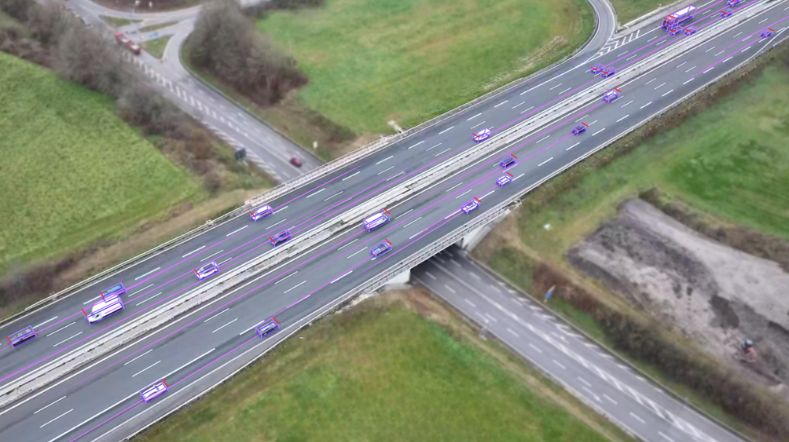

MARQ opens its doors: a place to collaborate on the mobility of the future
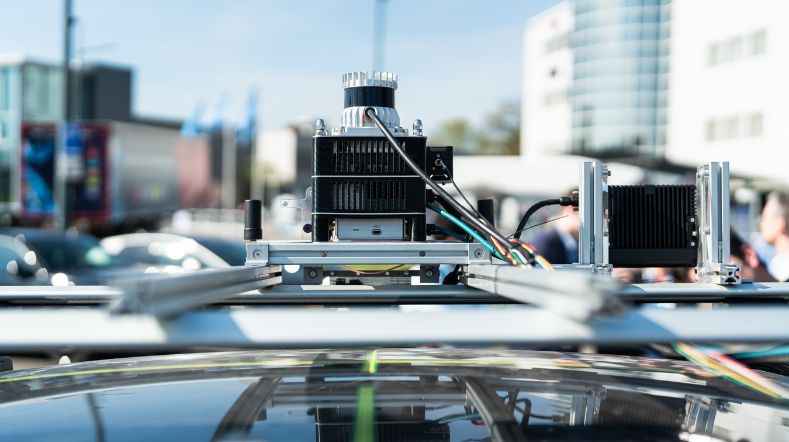

Demonstrations of automated driving and charging for logistics at Maasvlakte
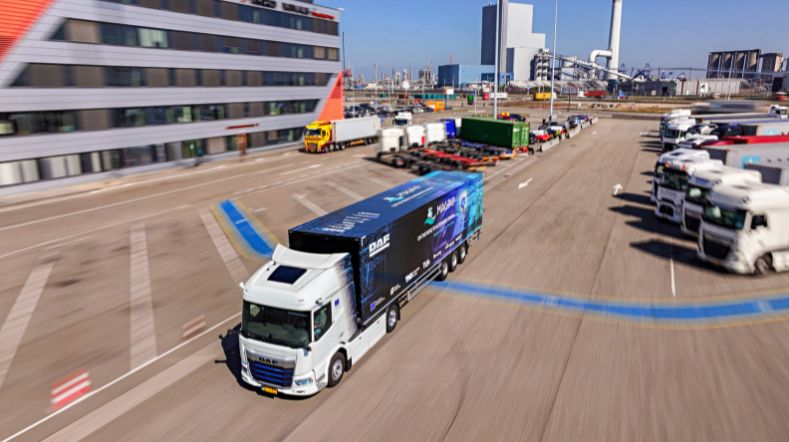

Getting on board with autonomous transport? Five things you need to know
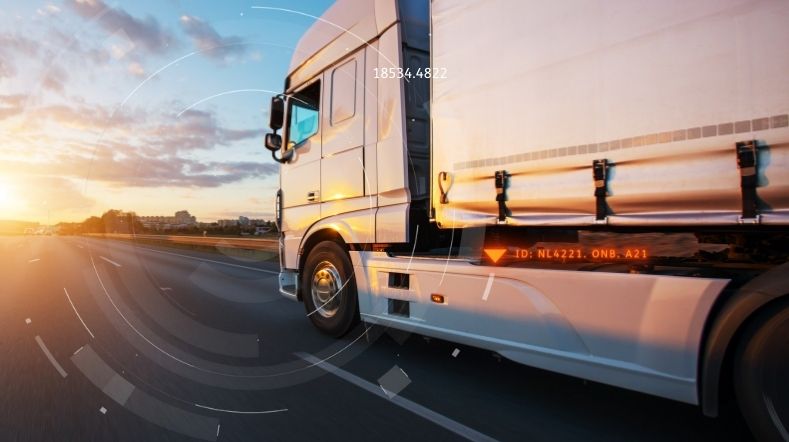

Connected mobility
